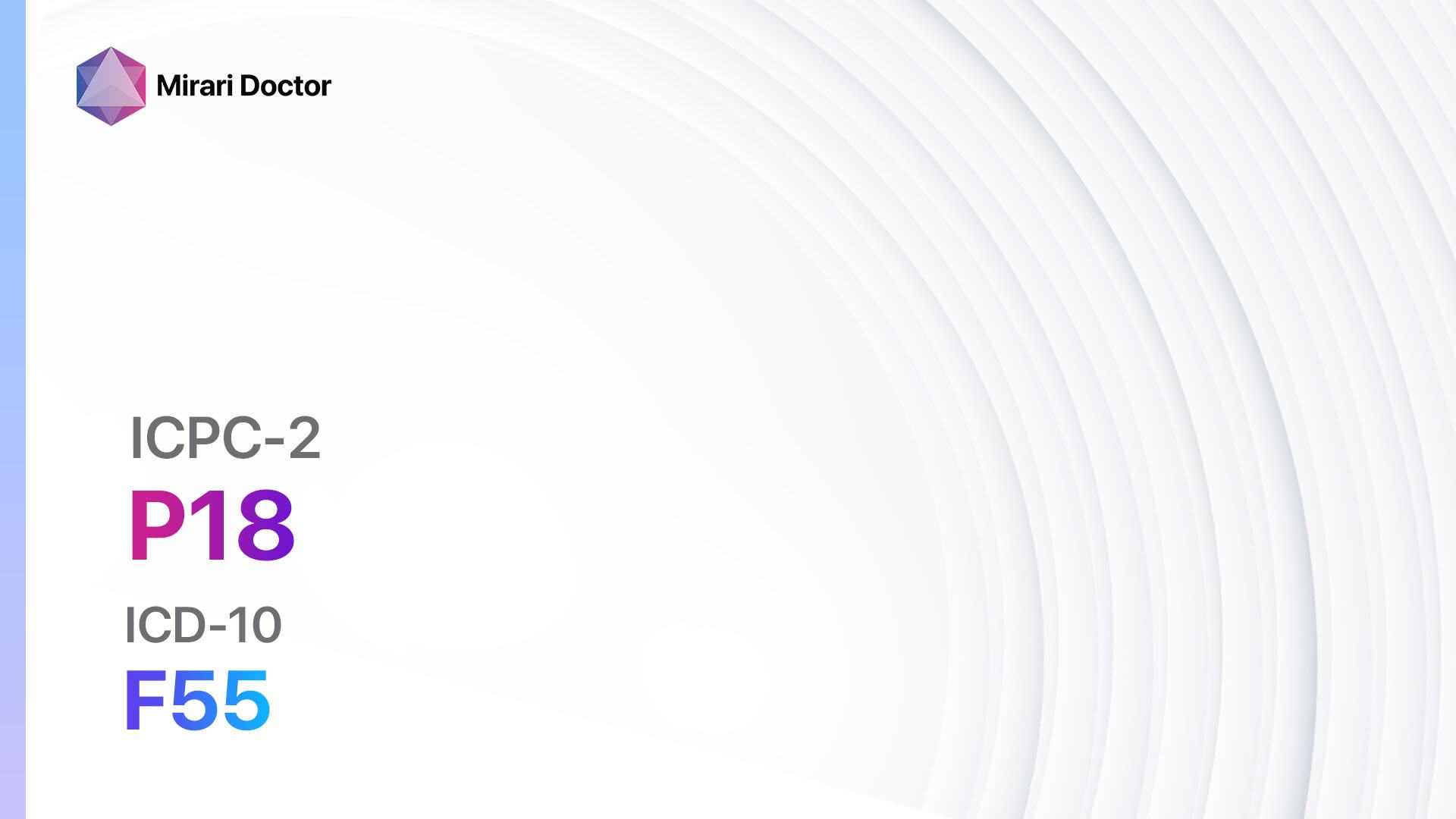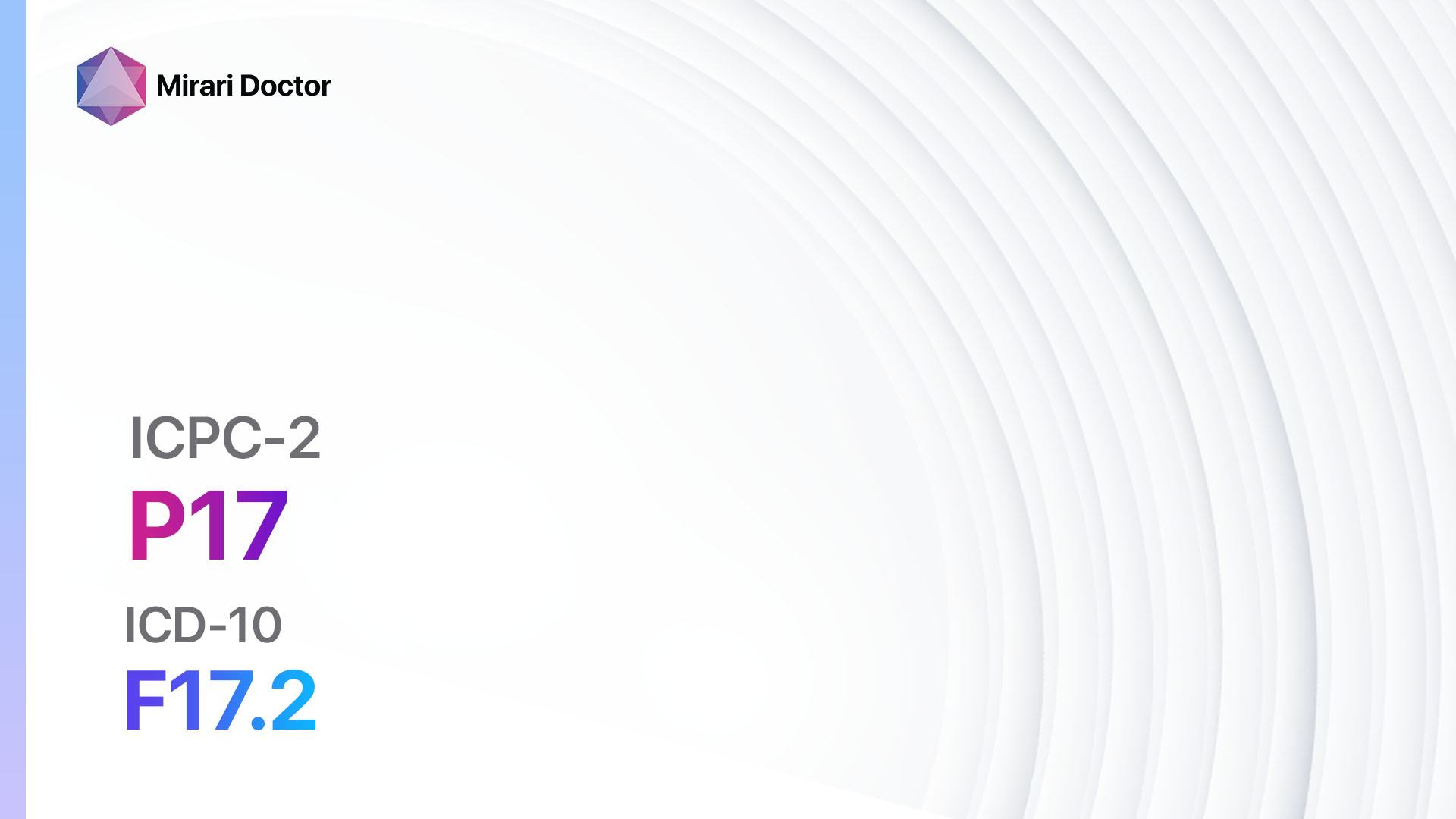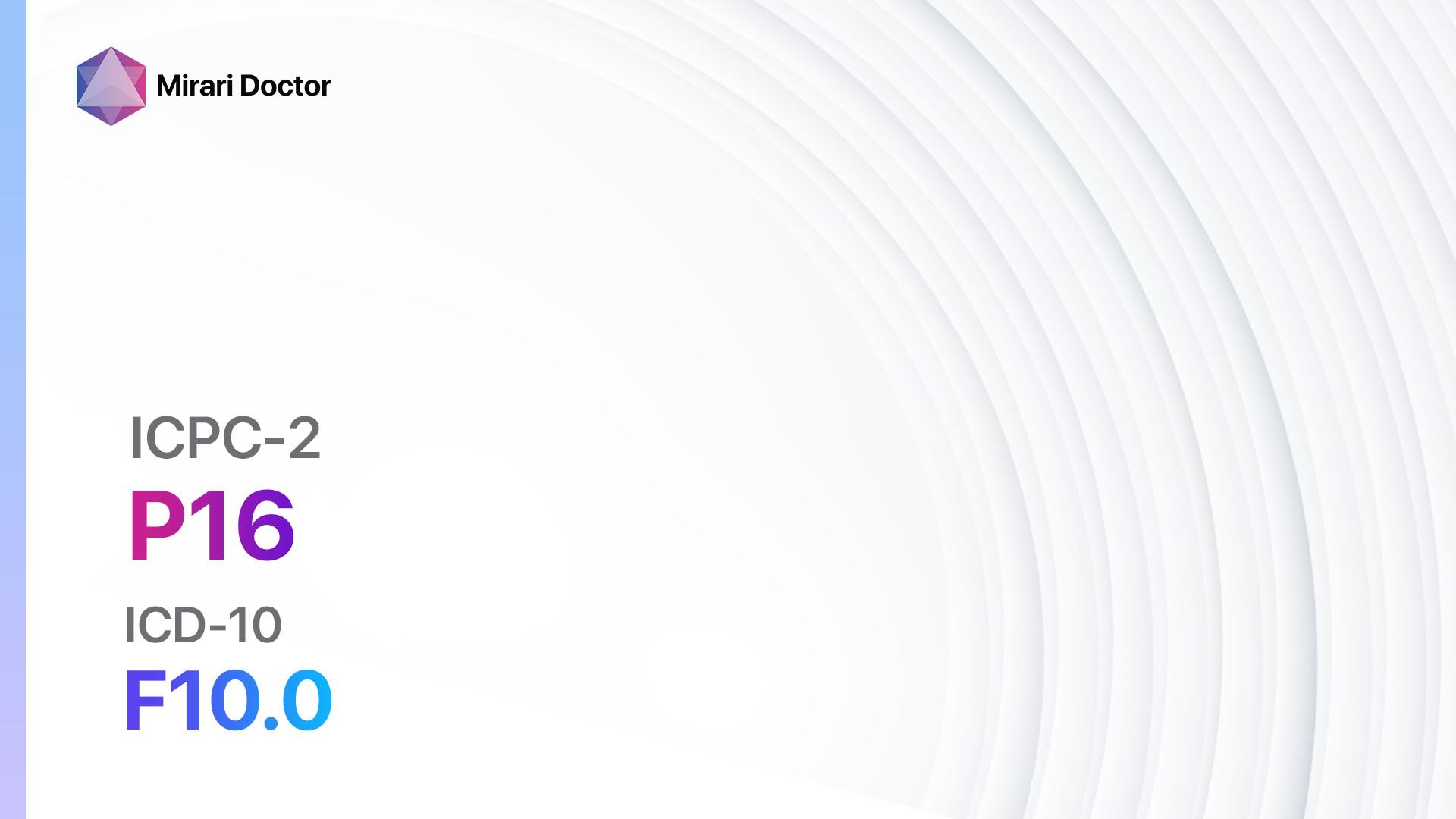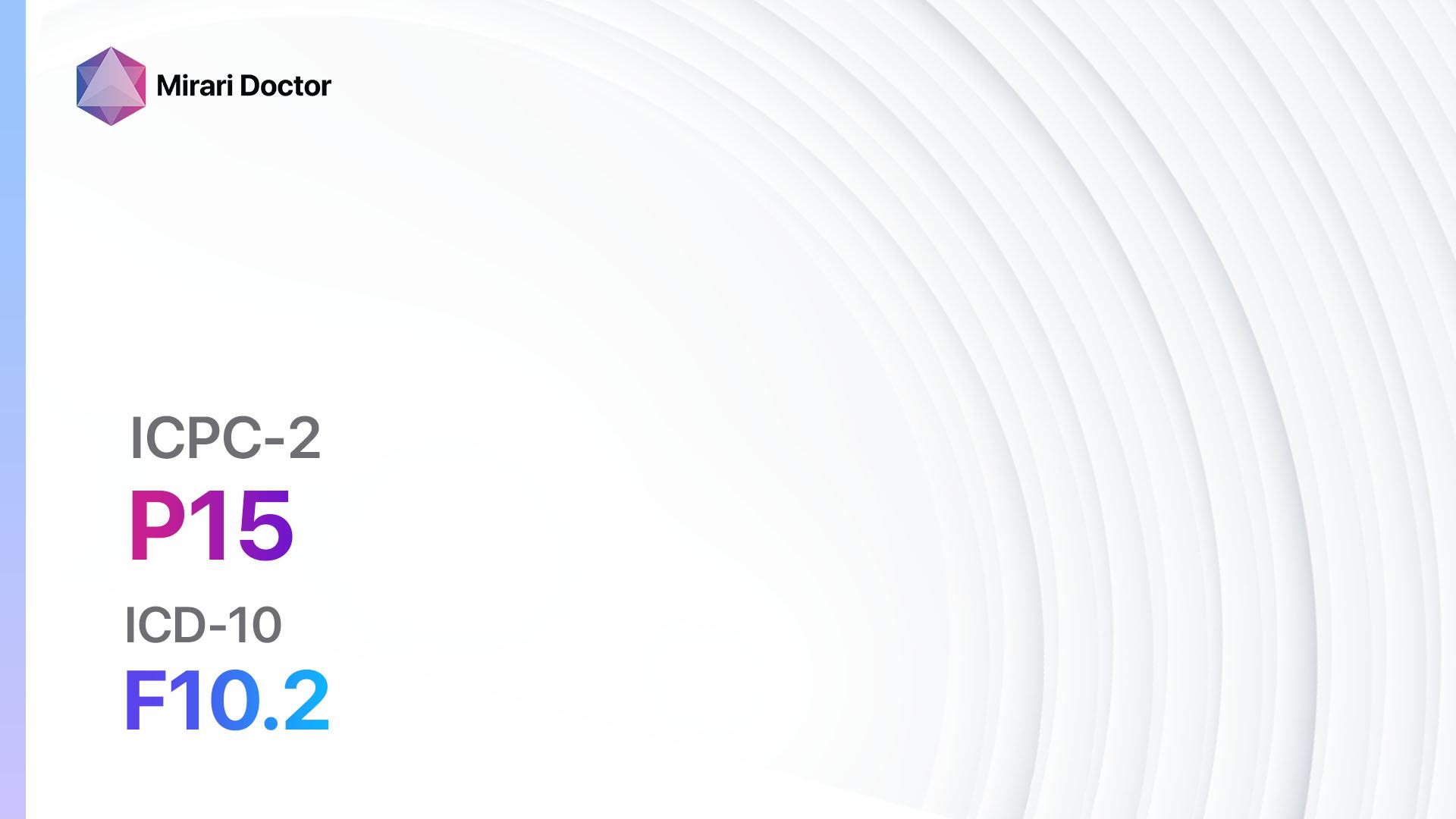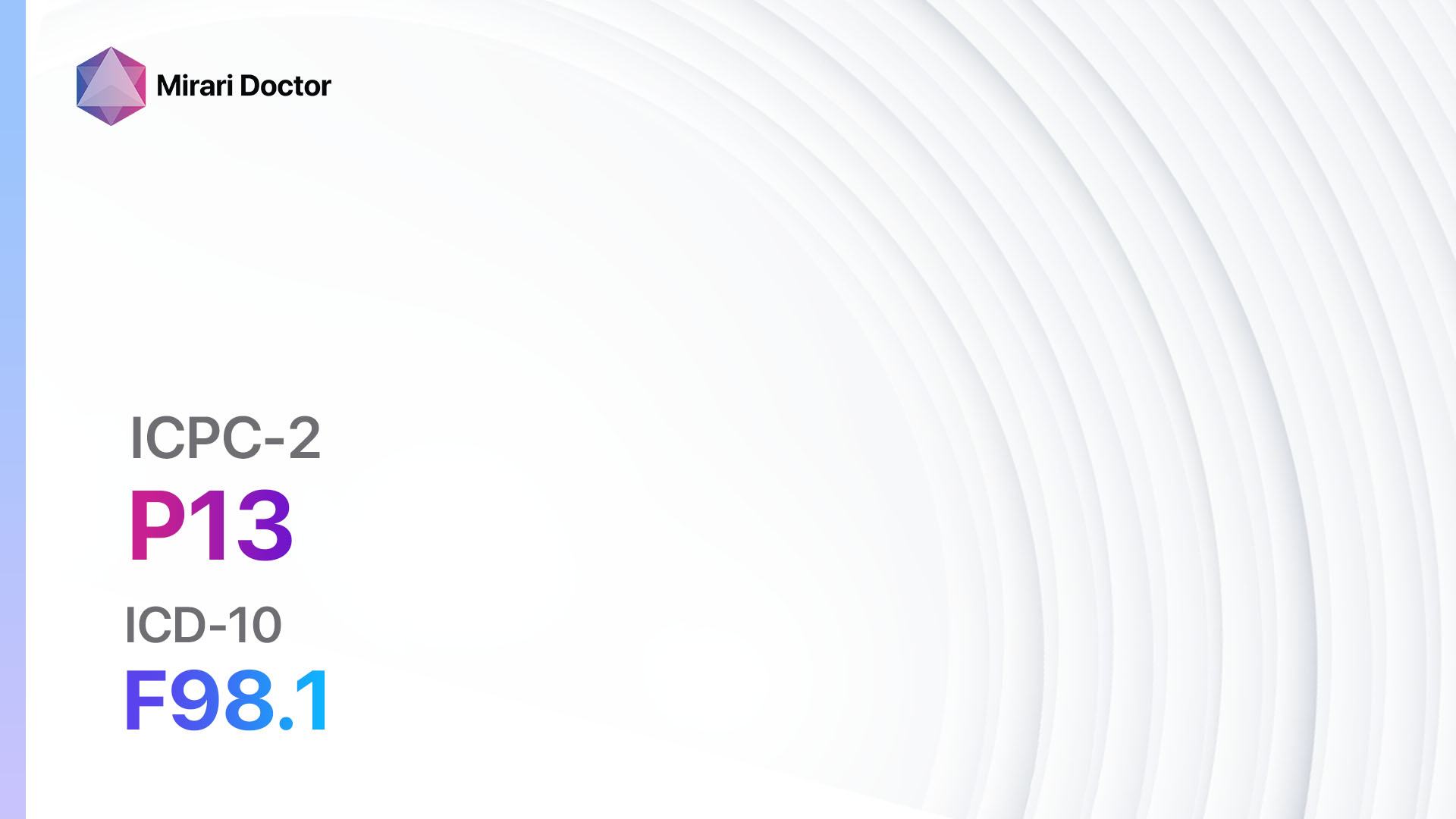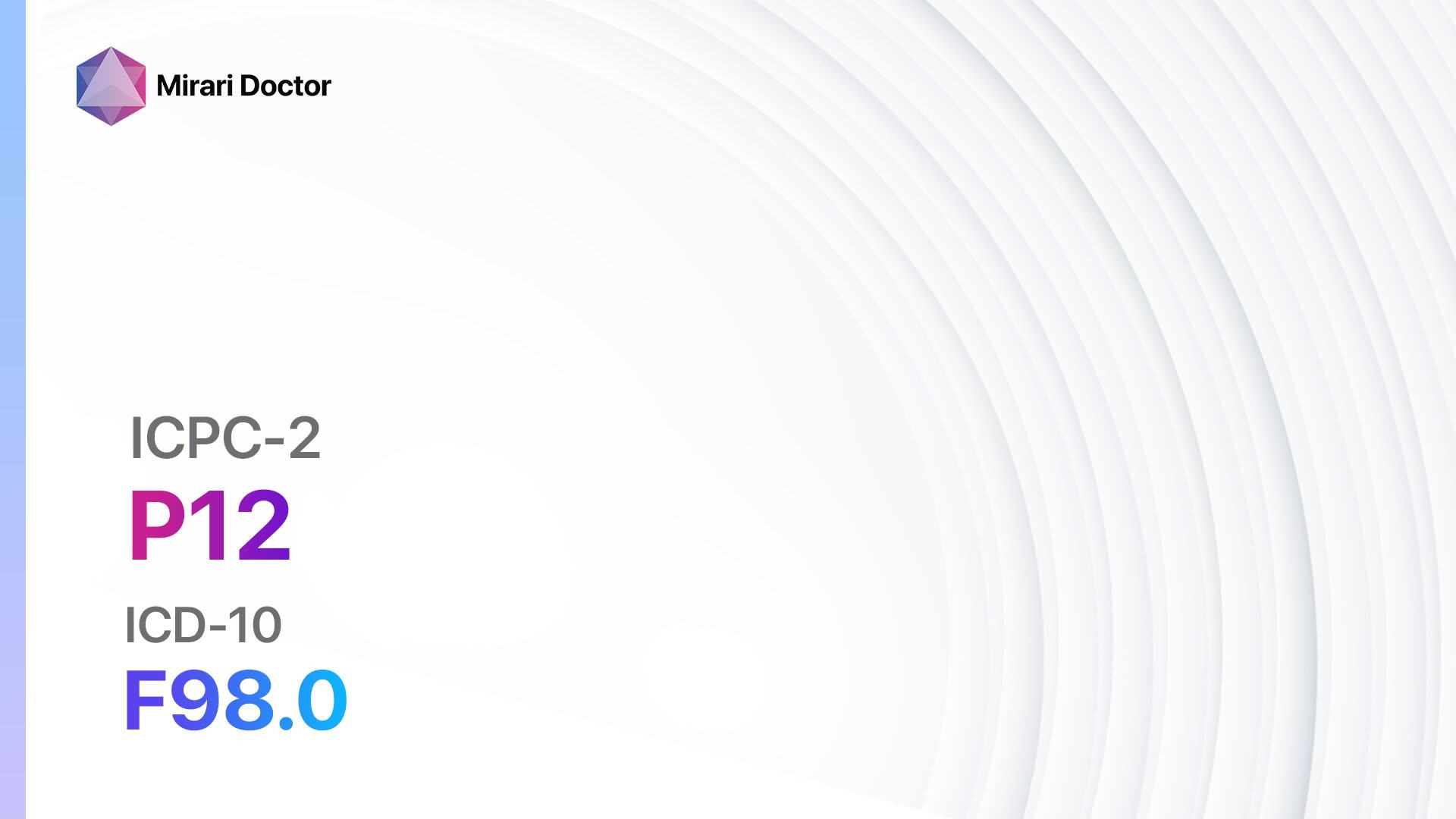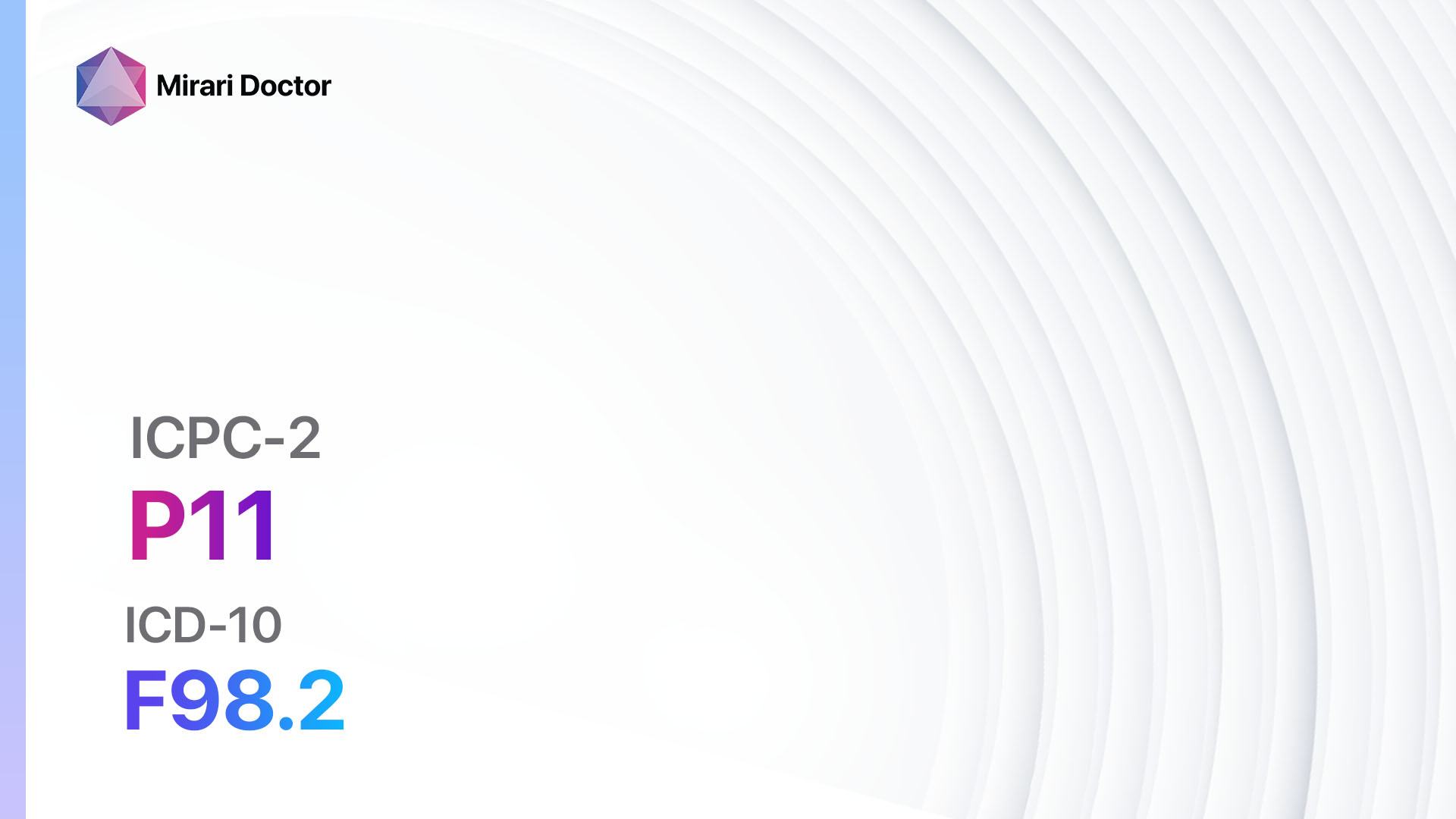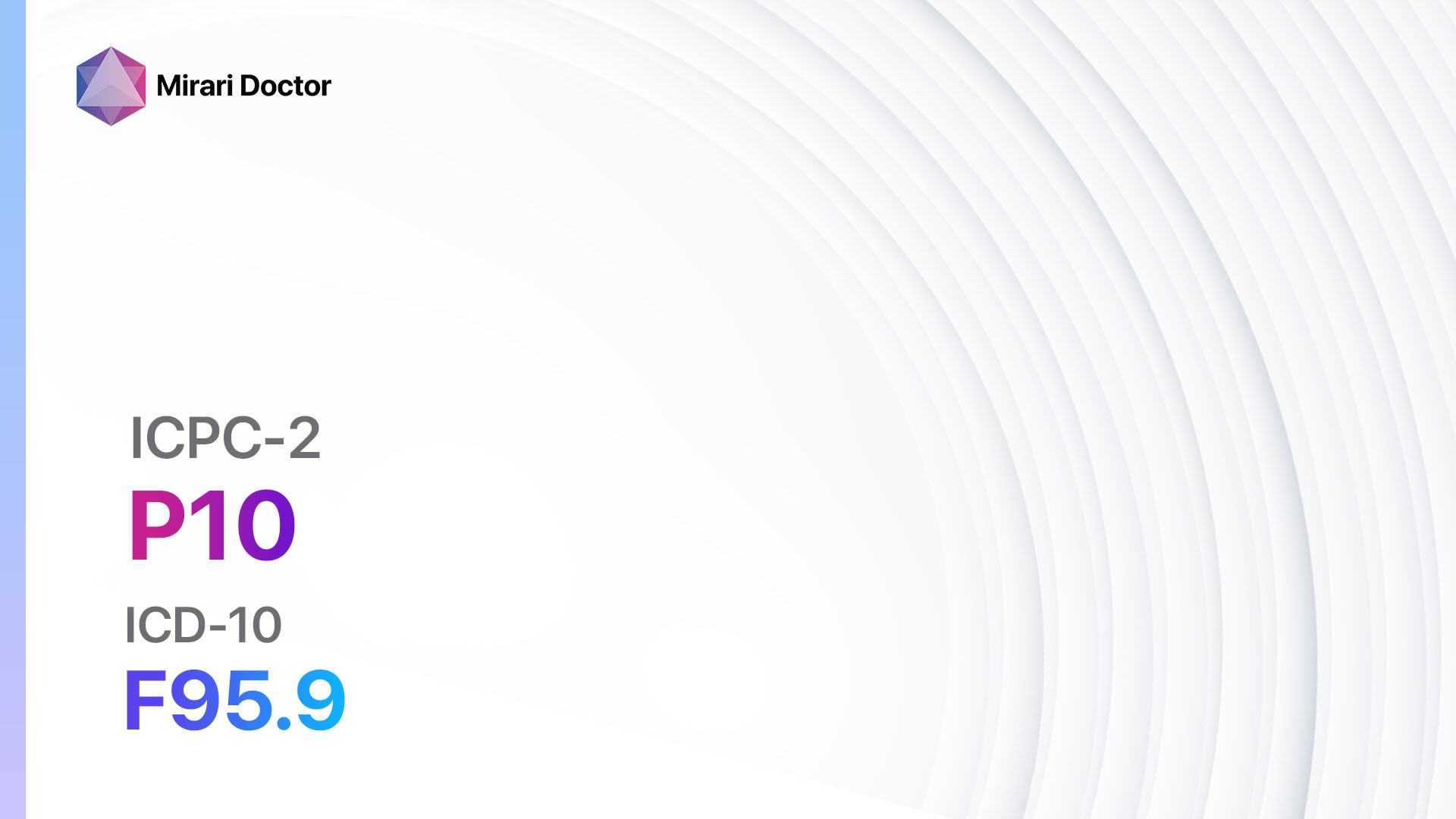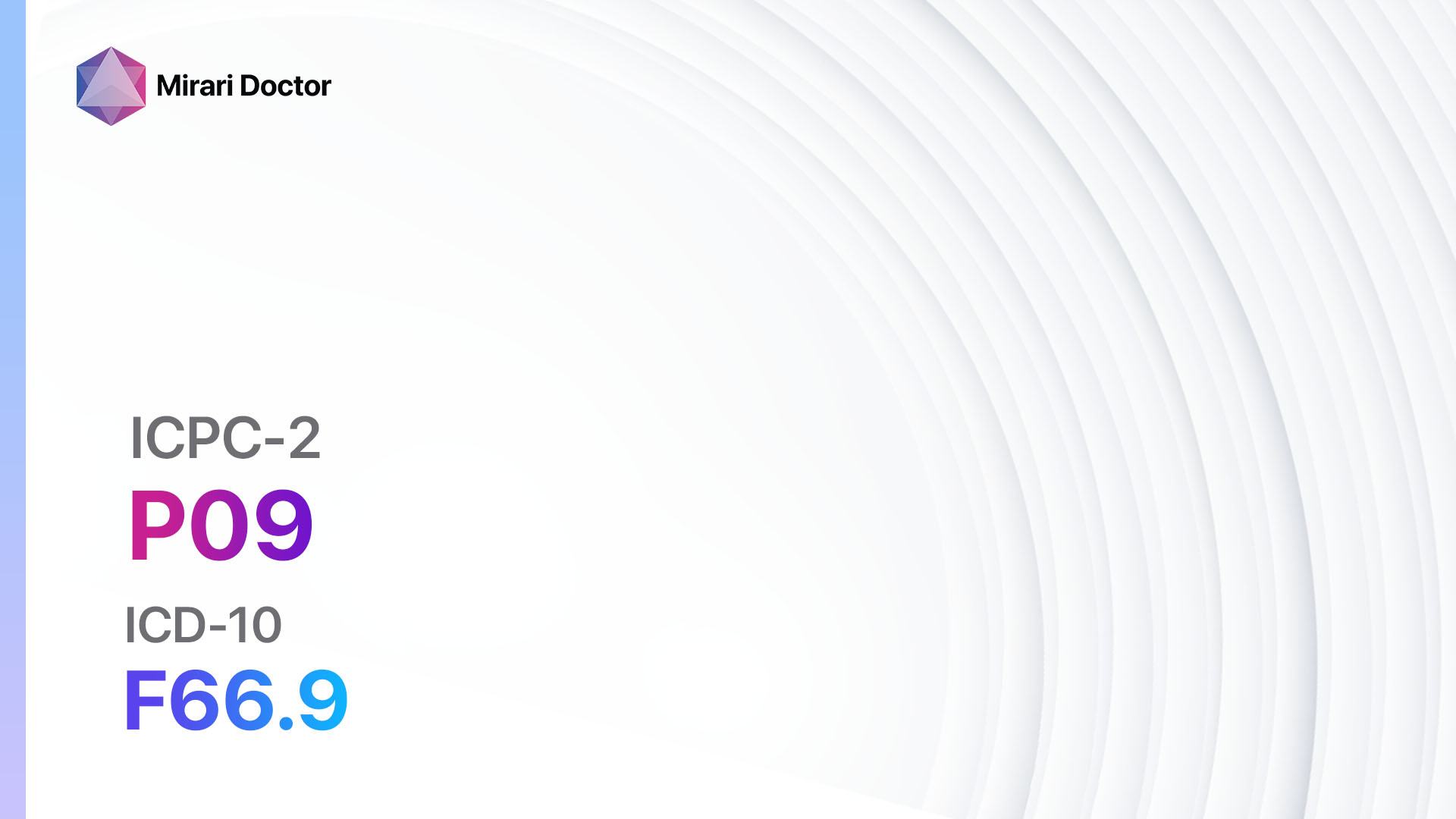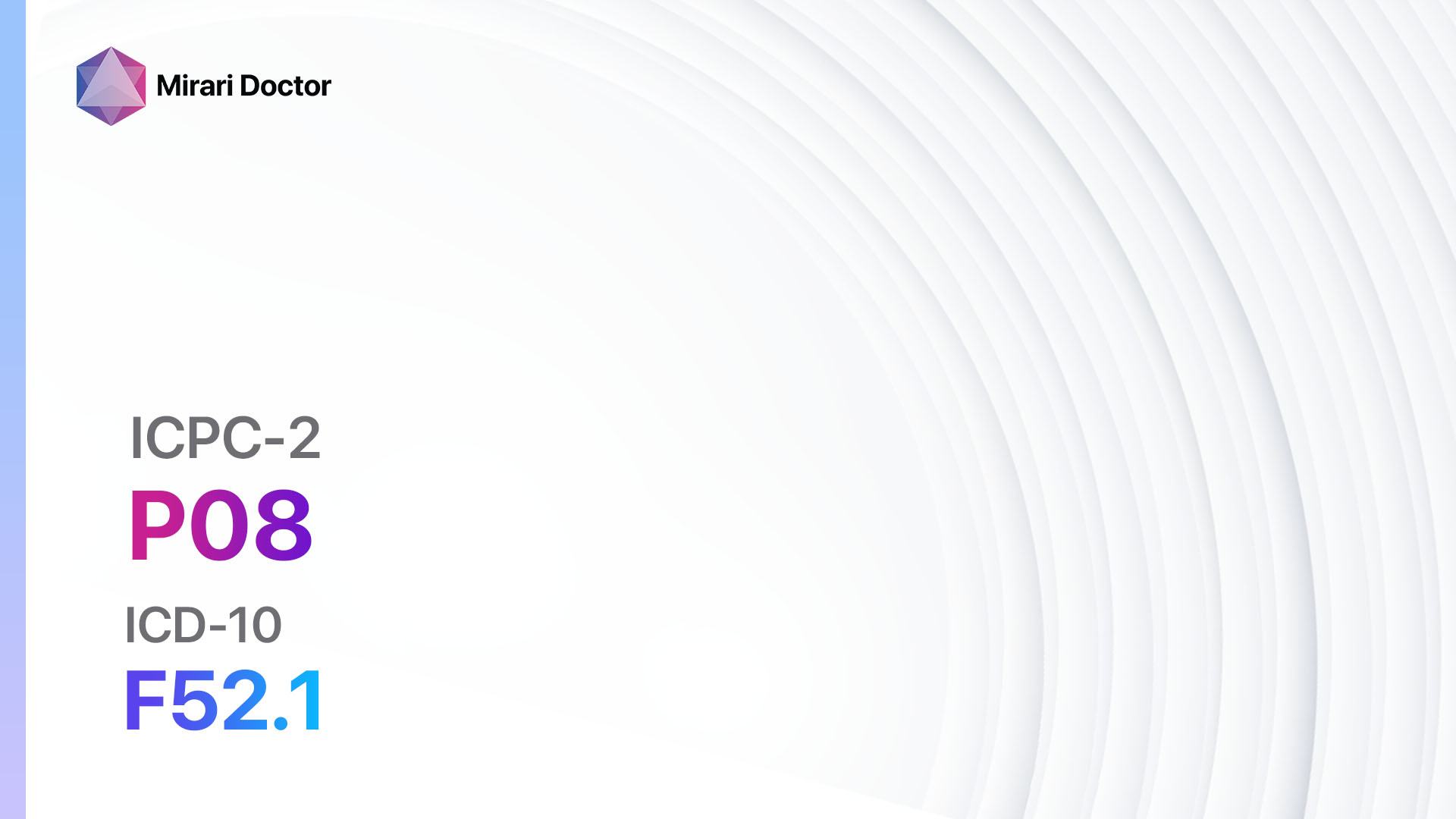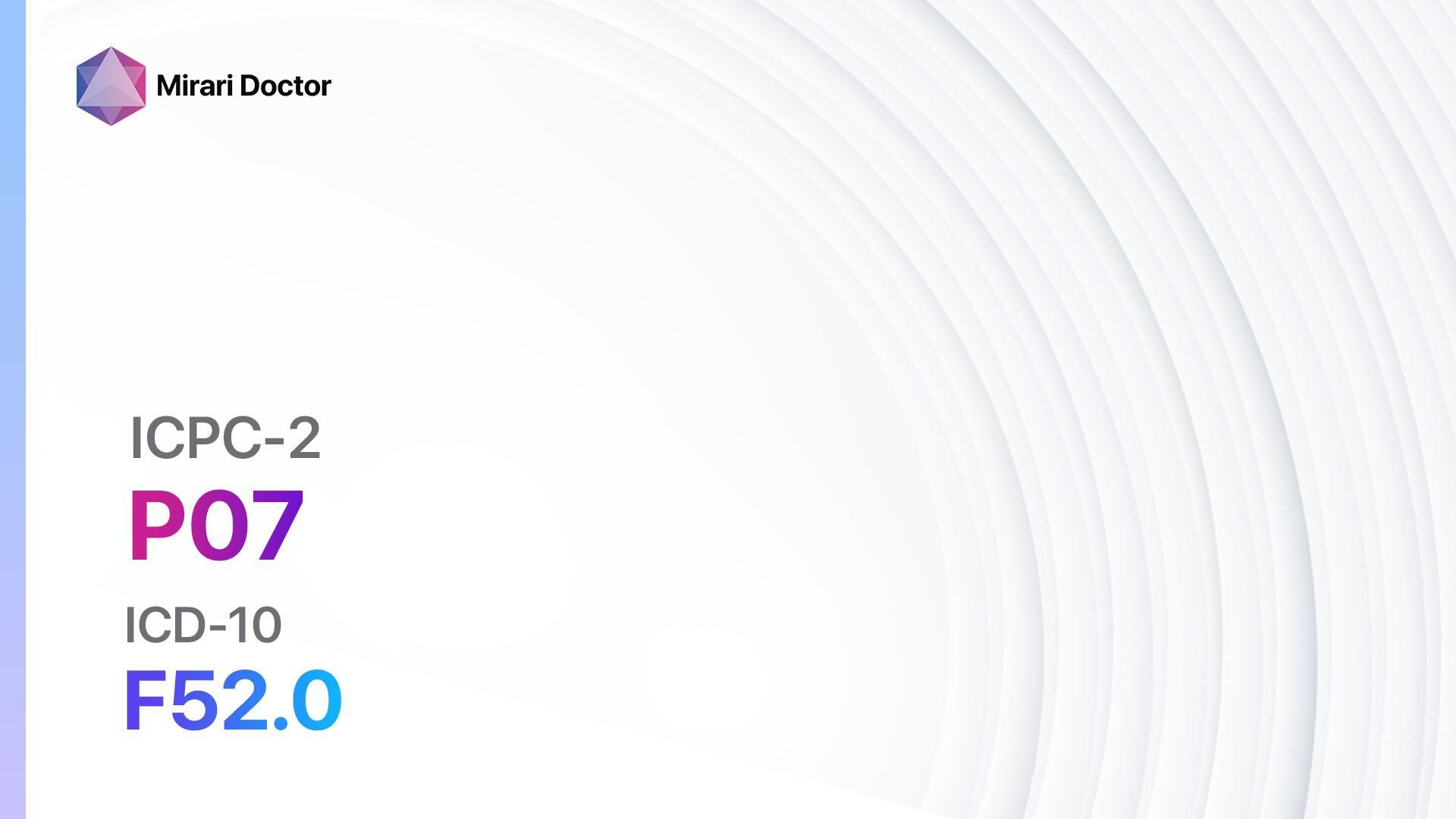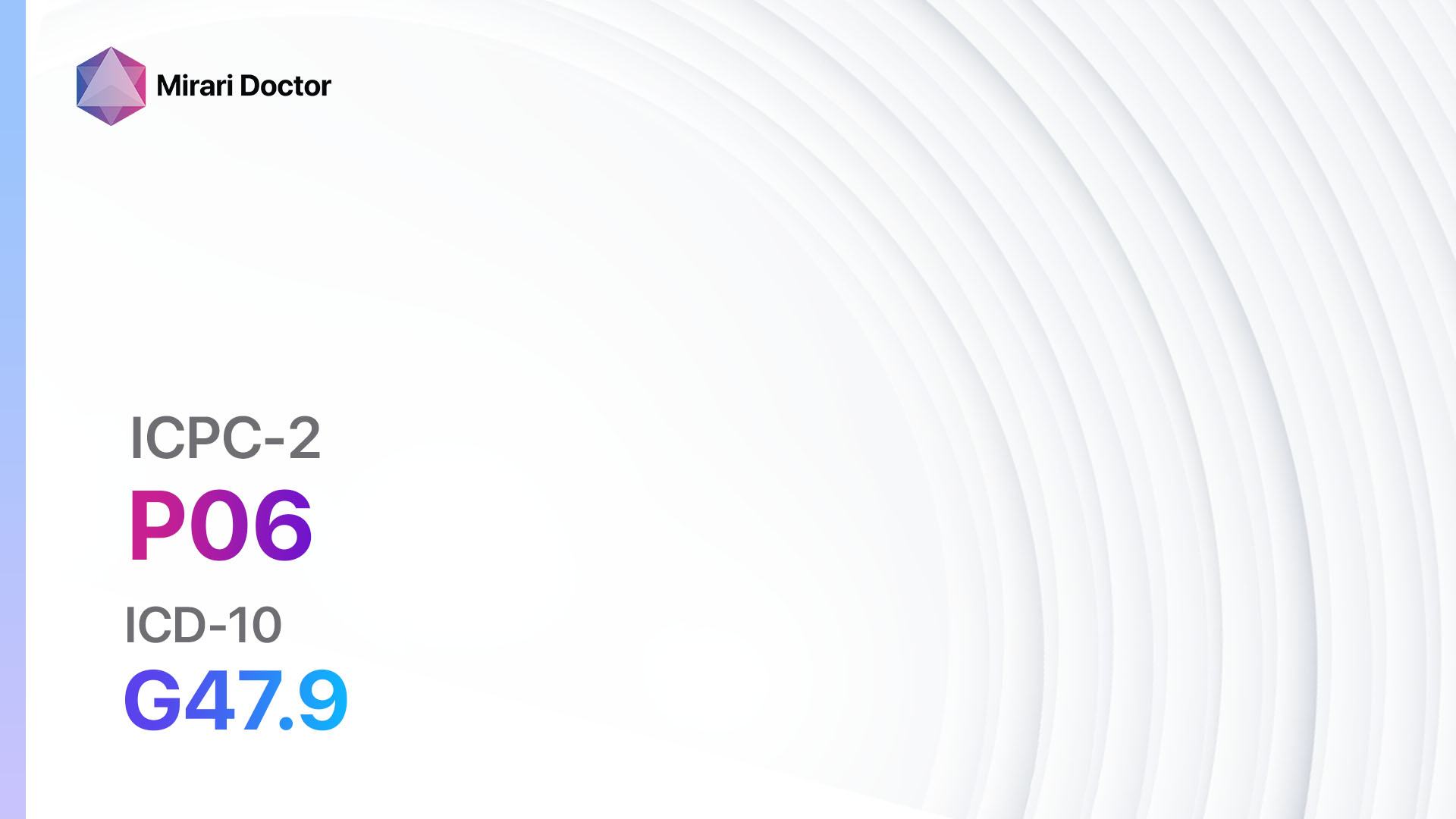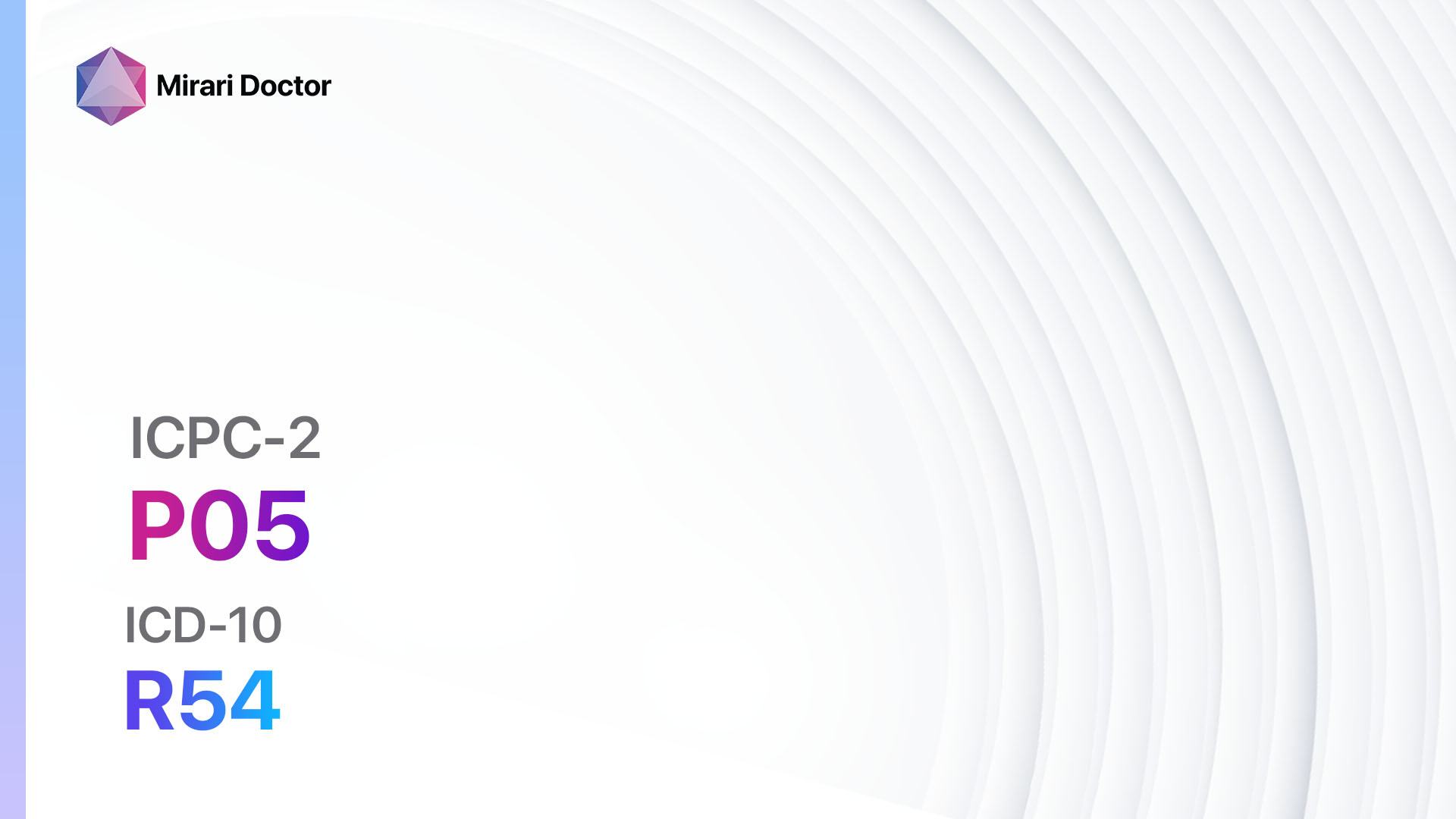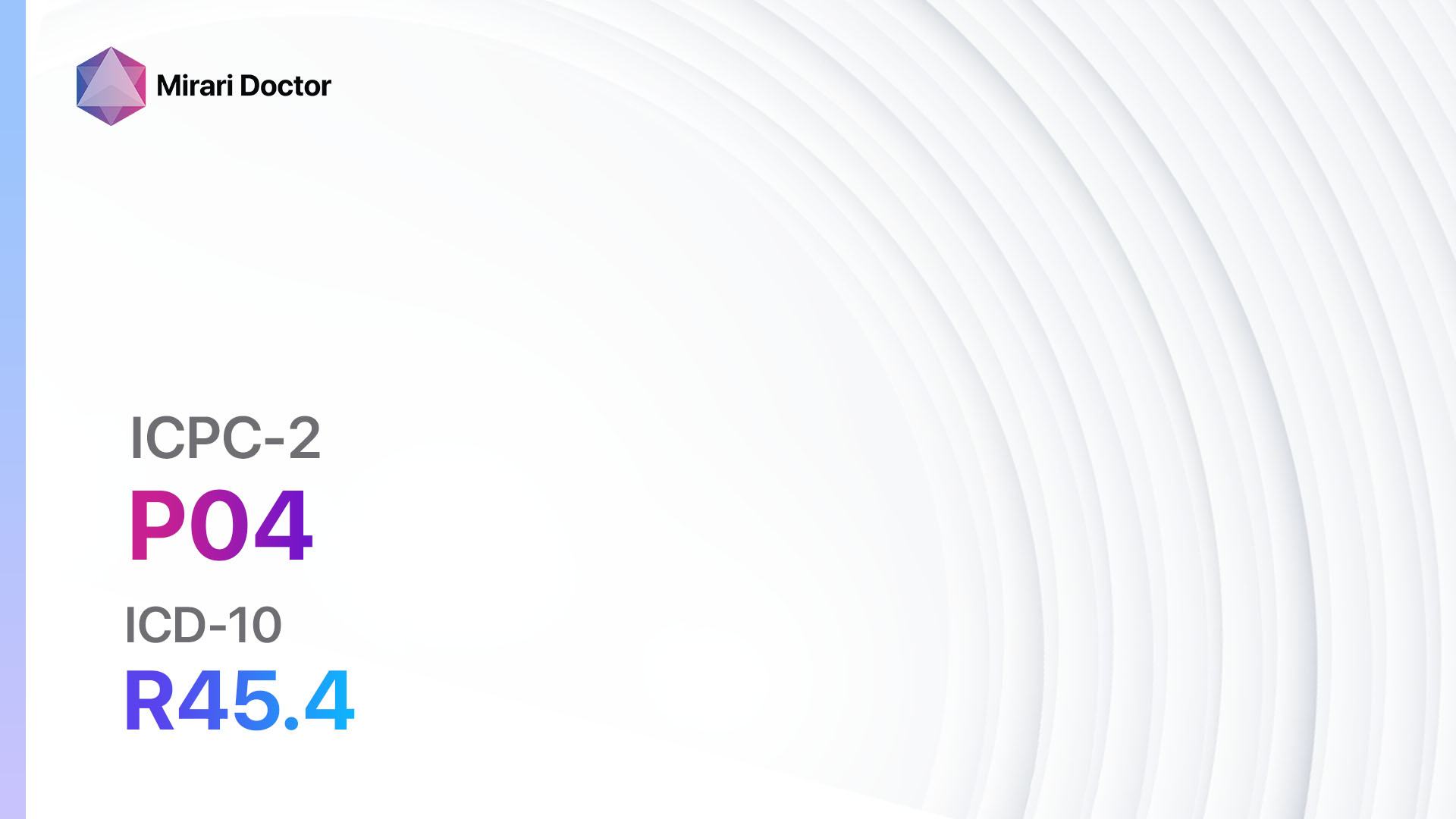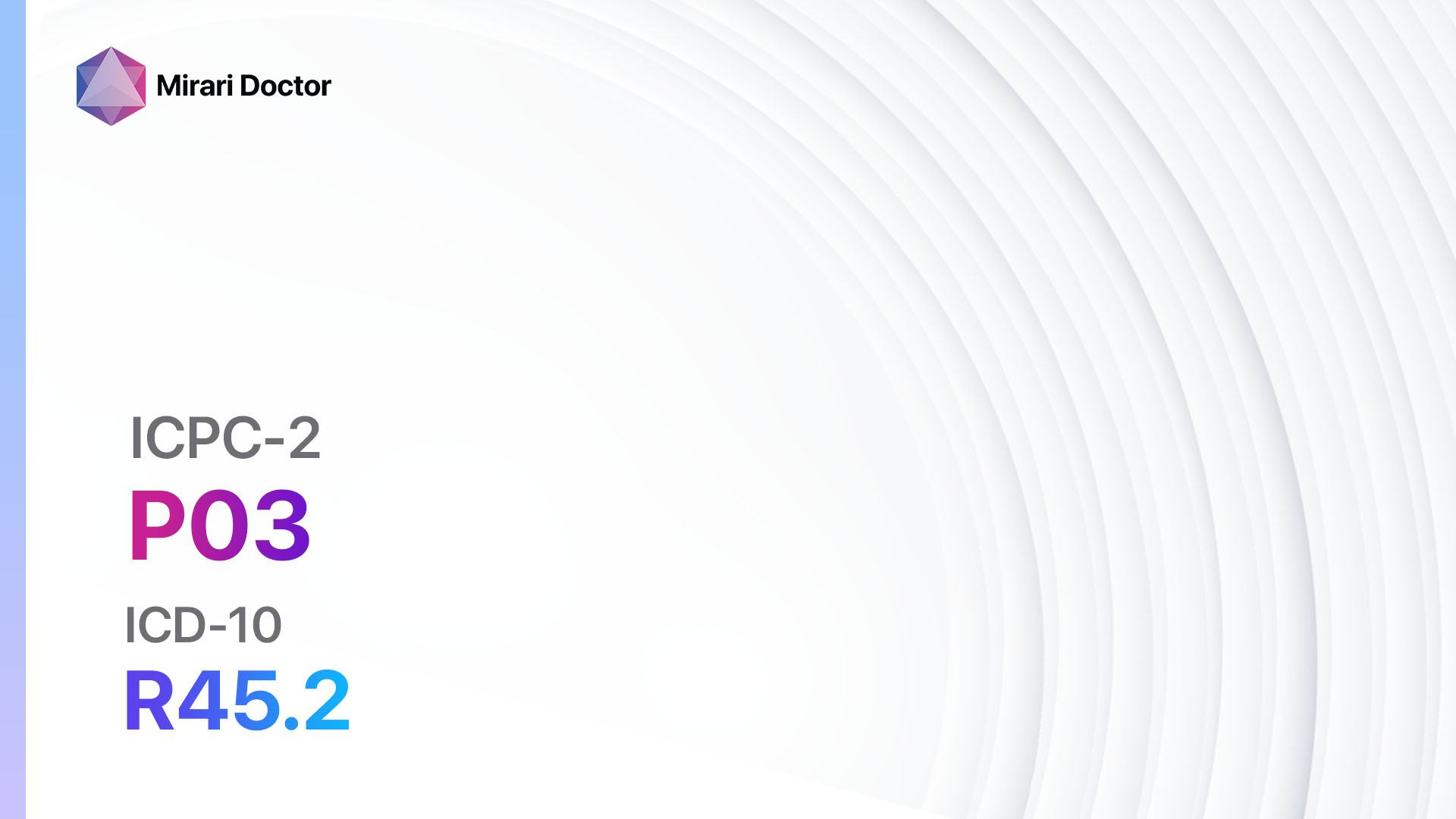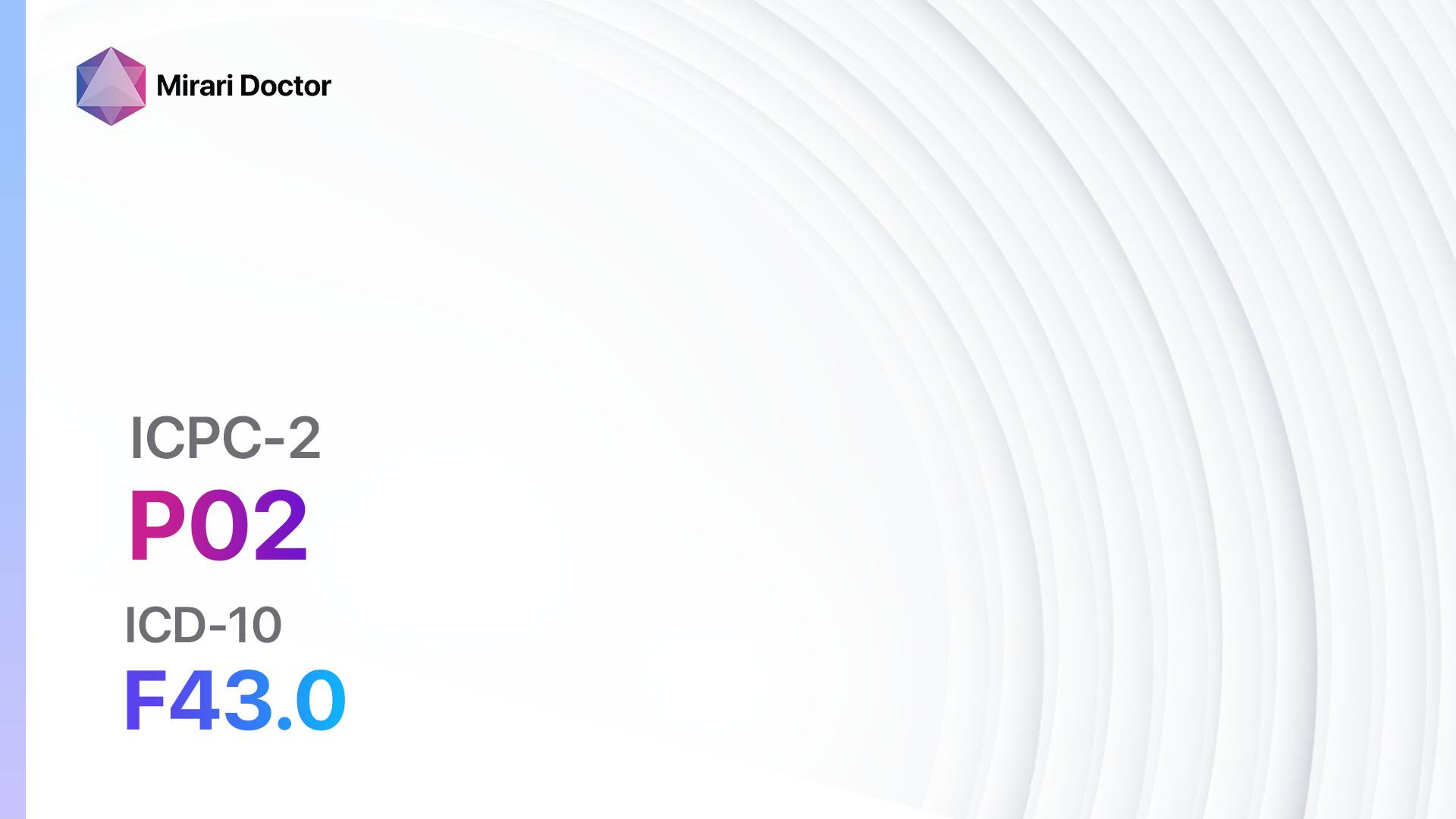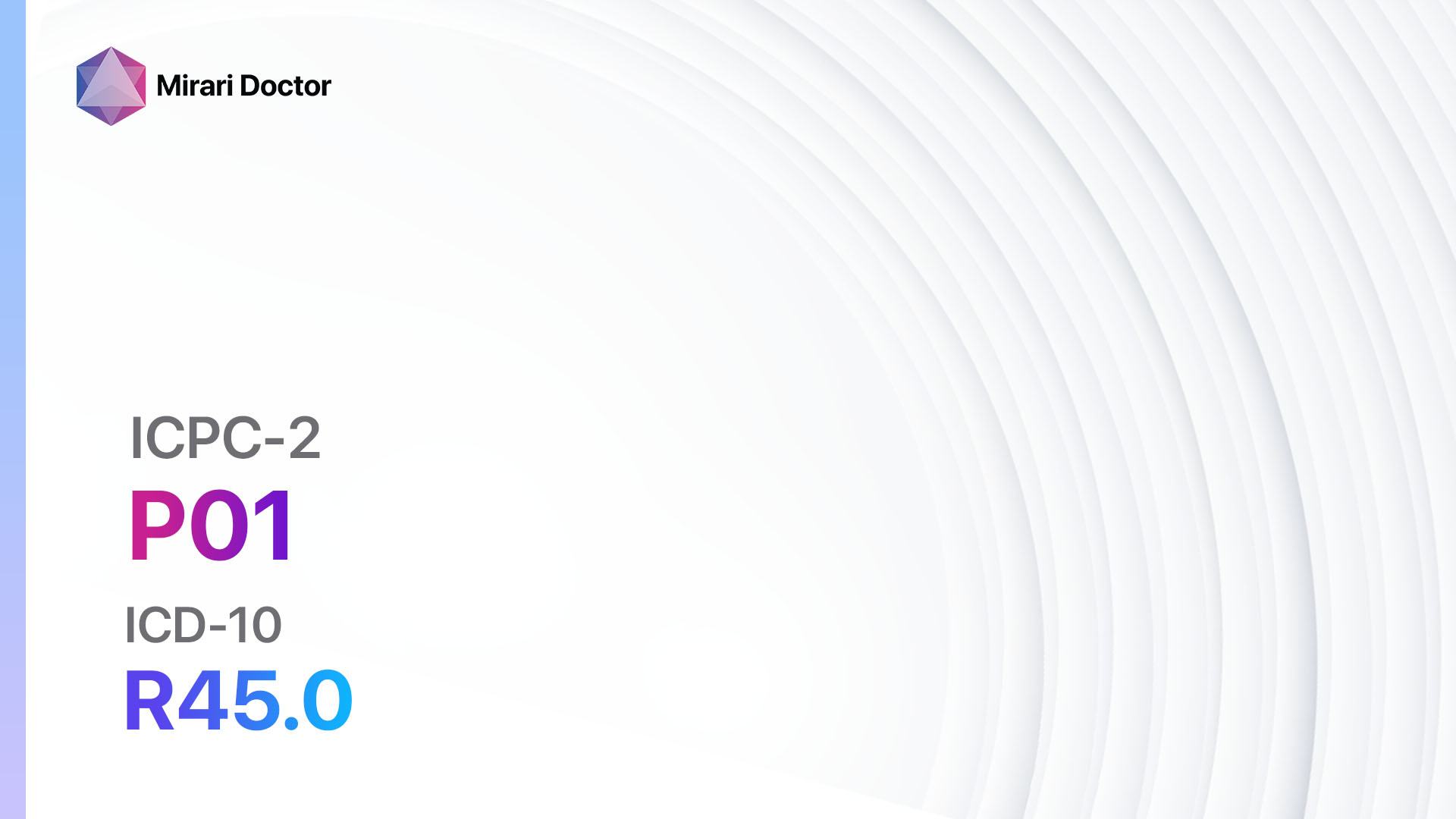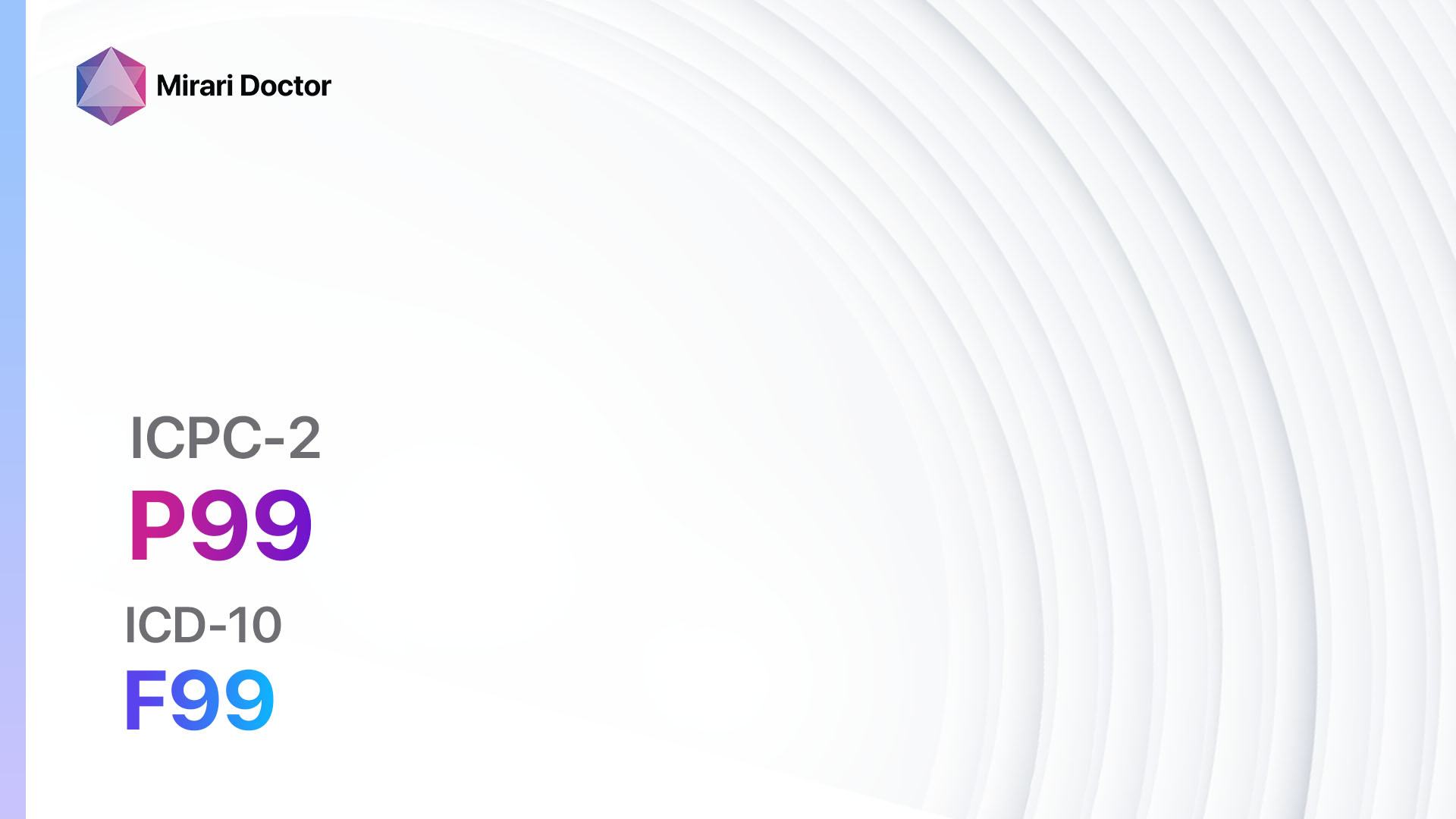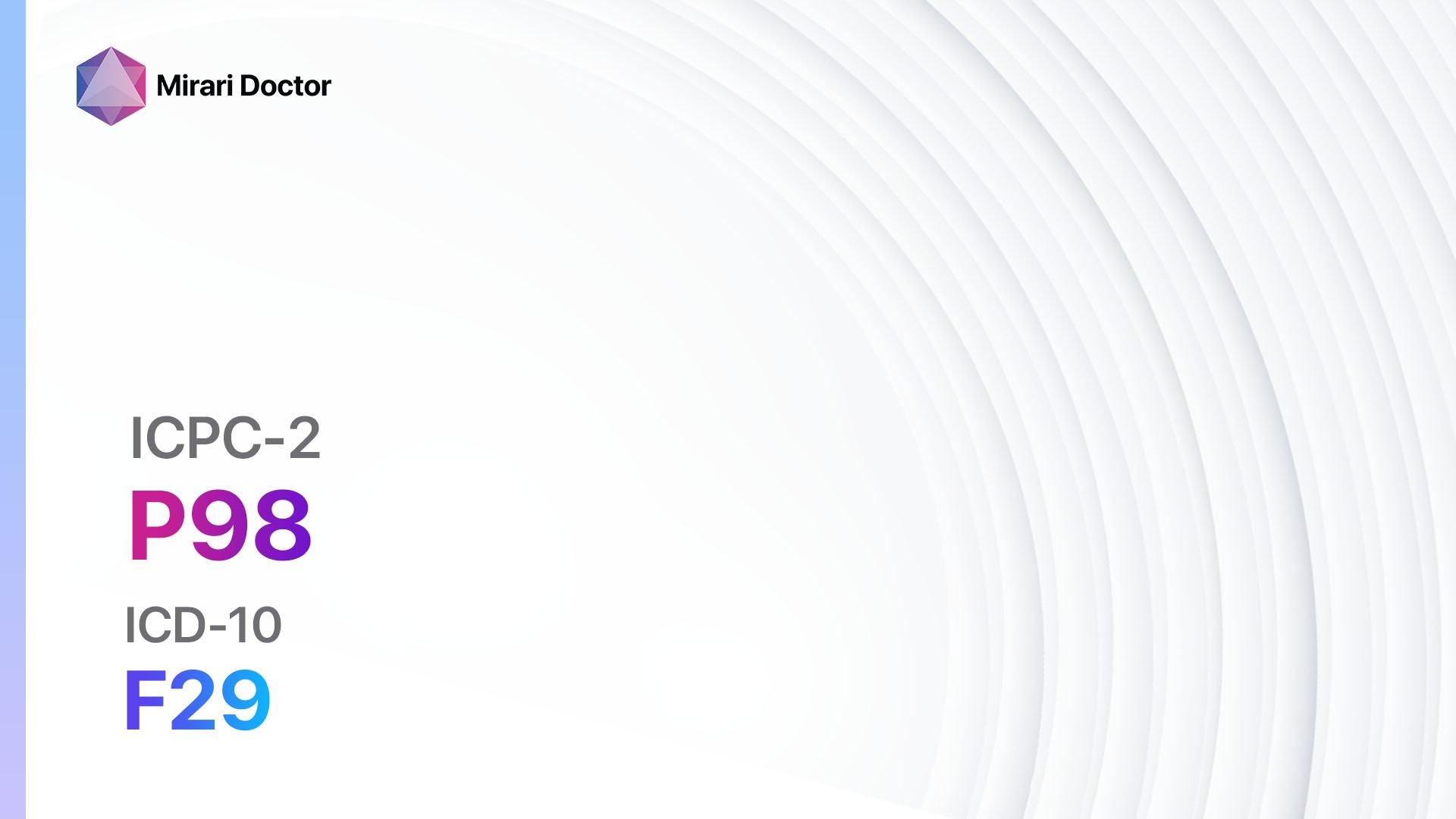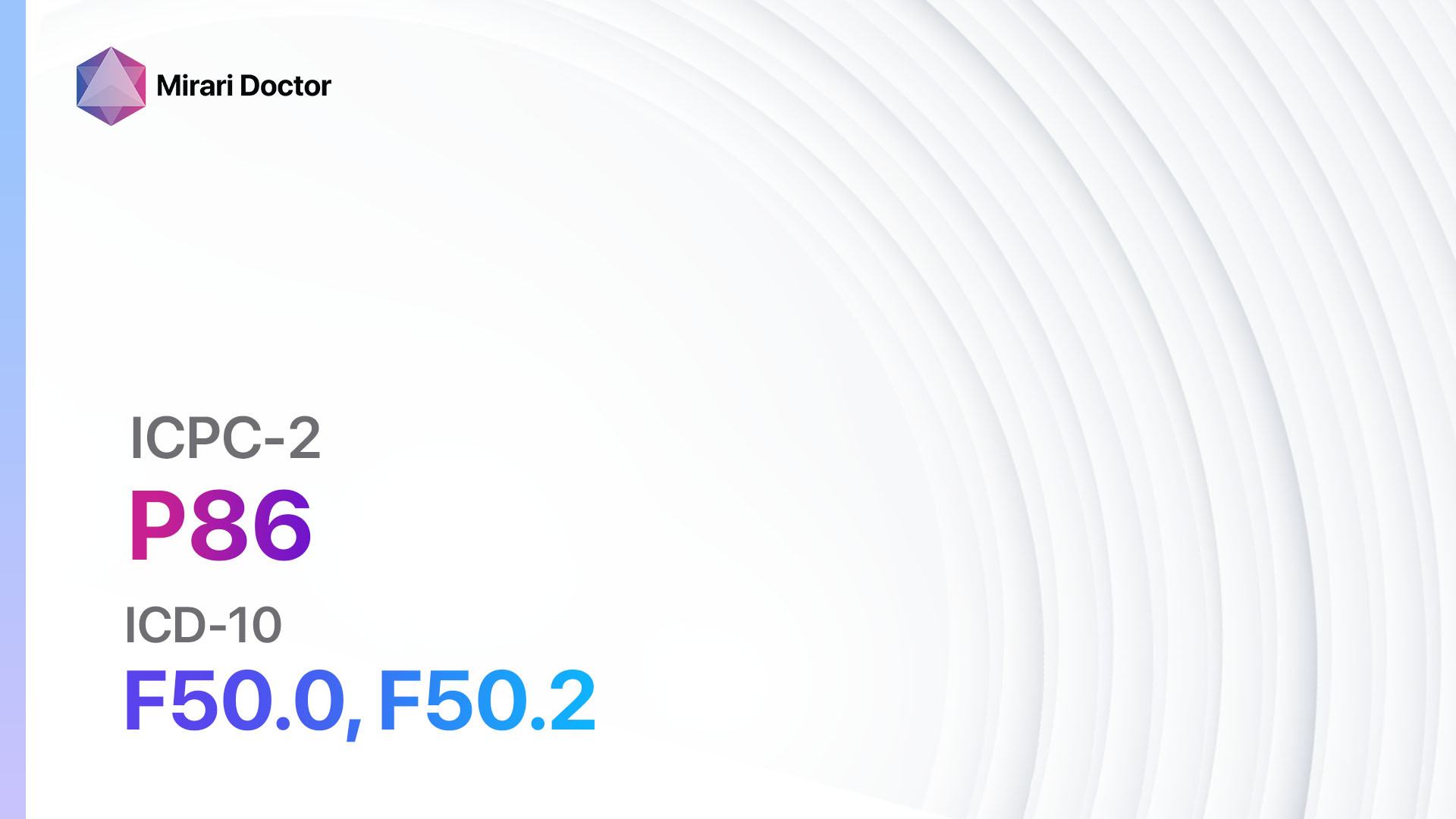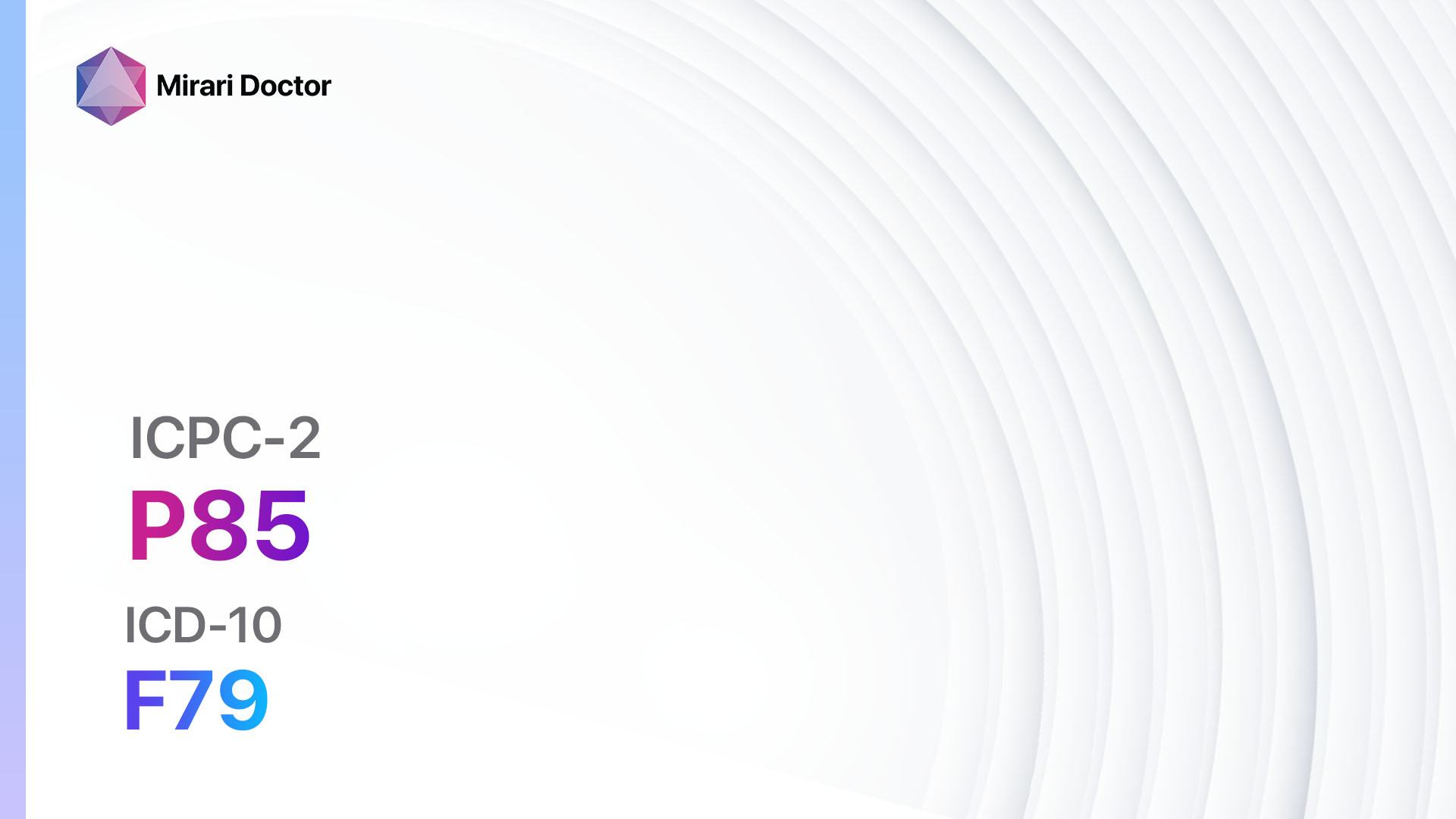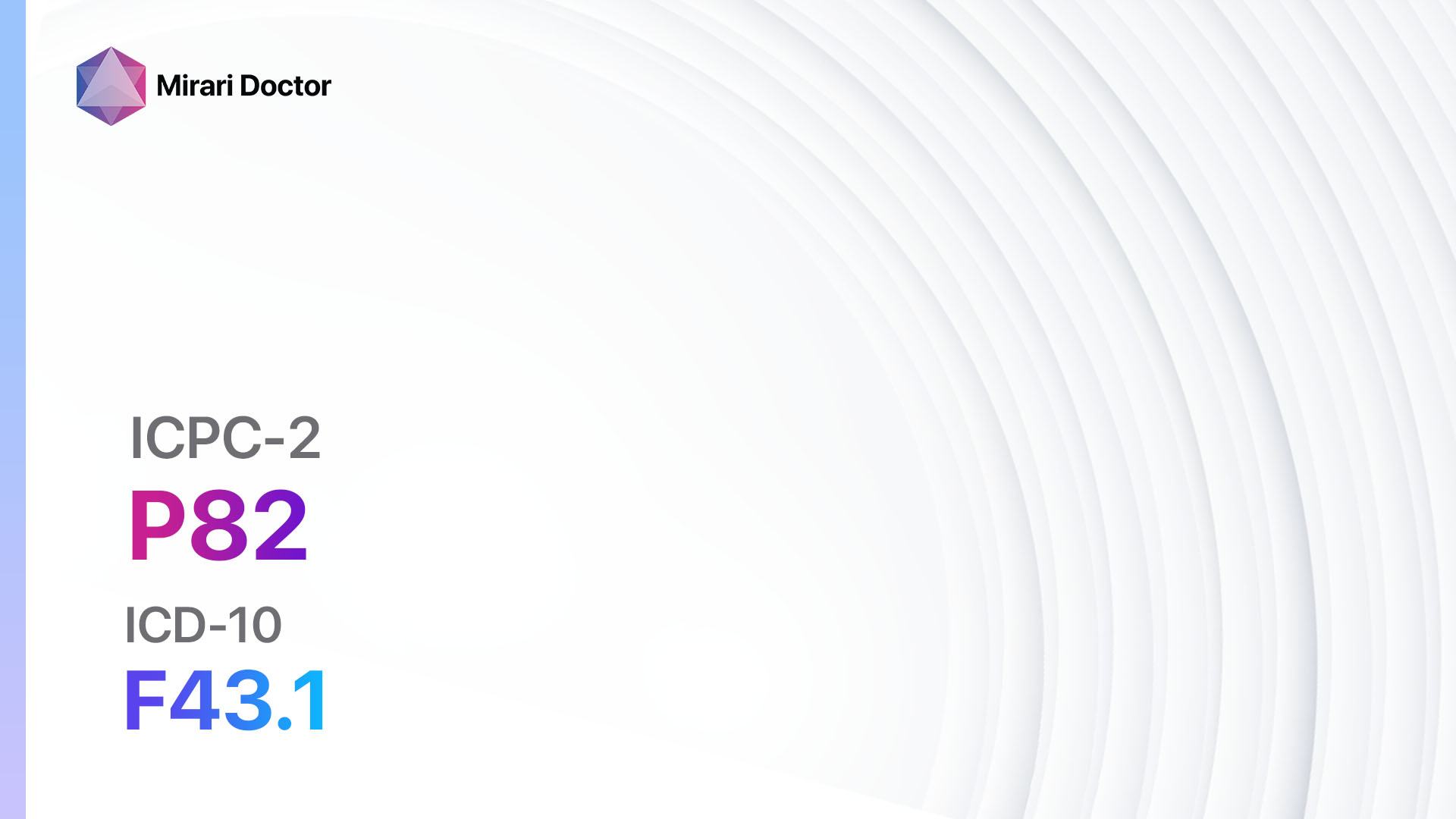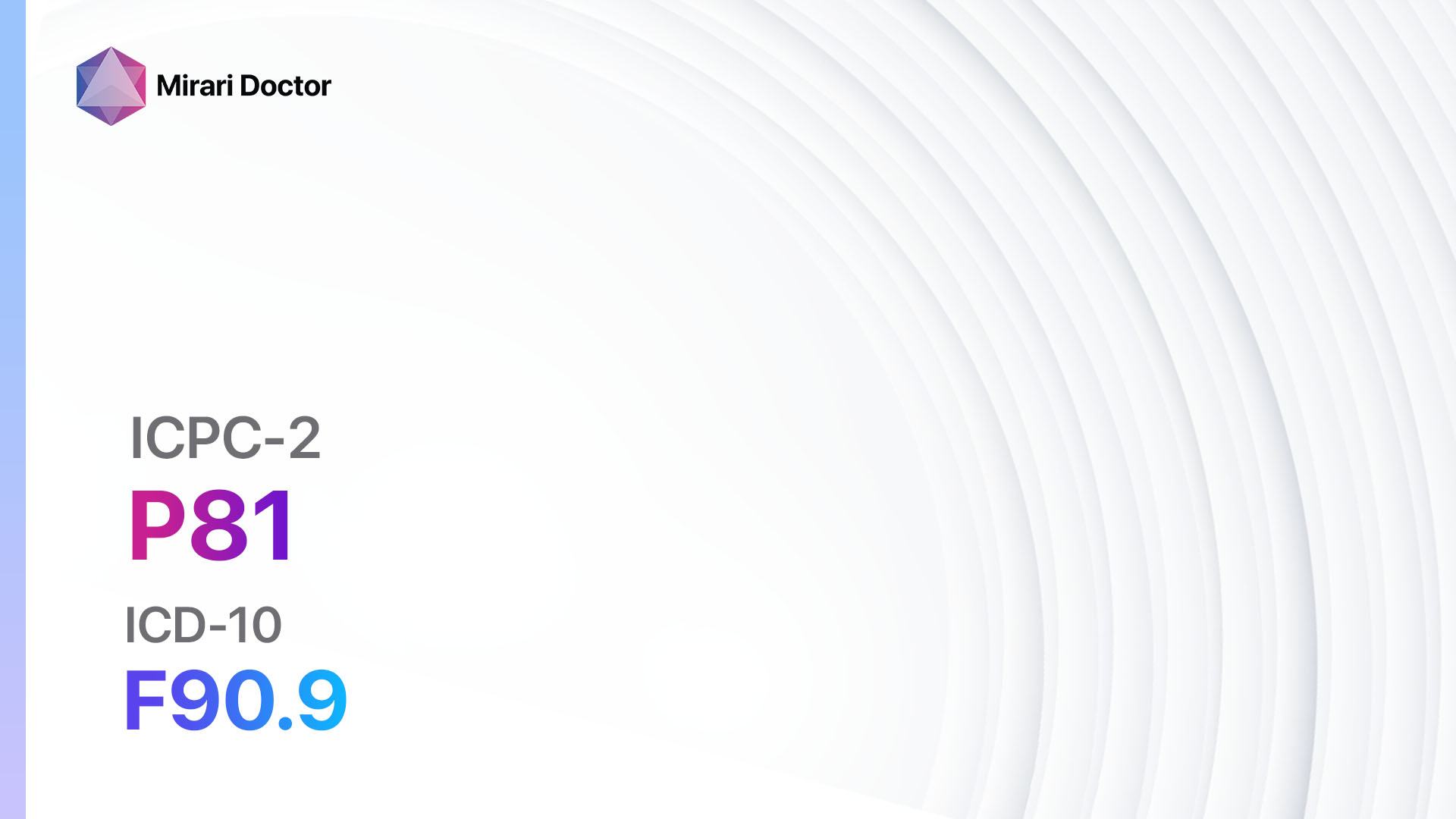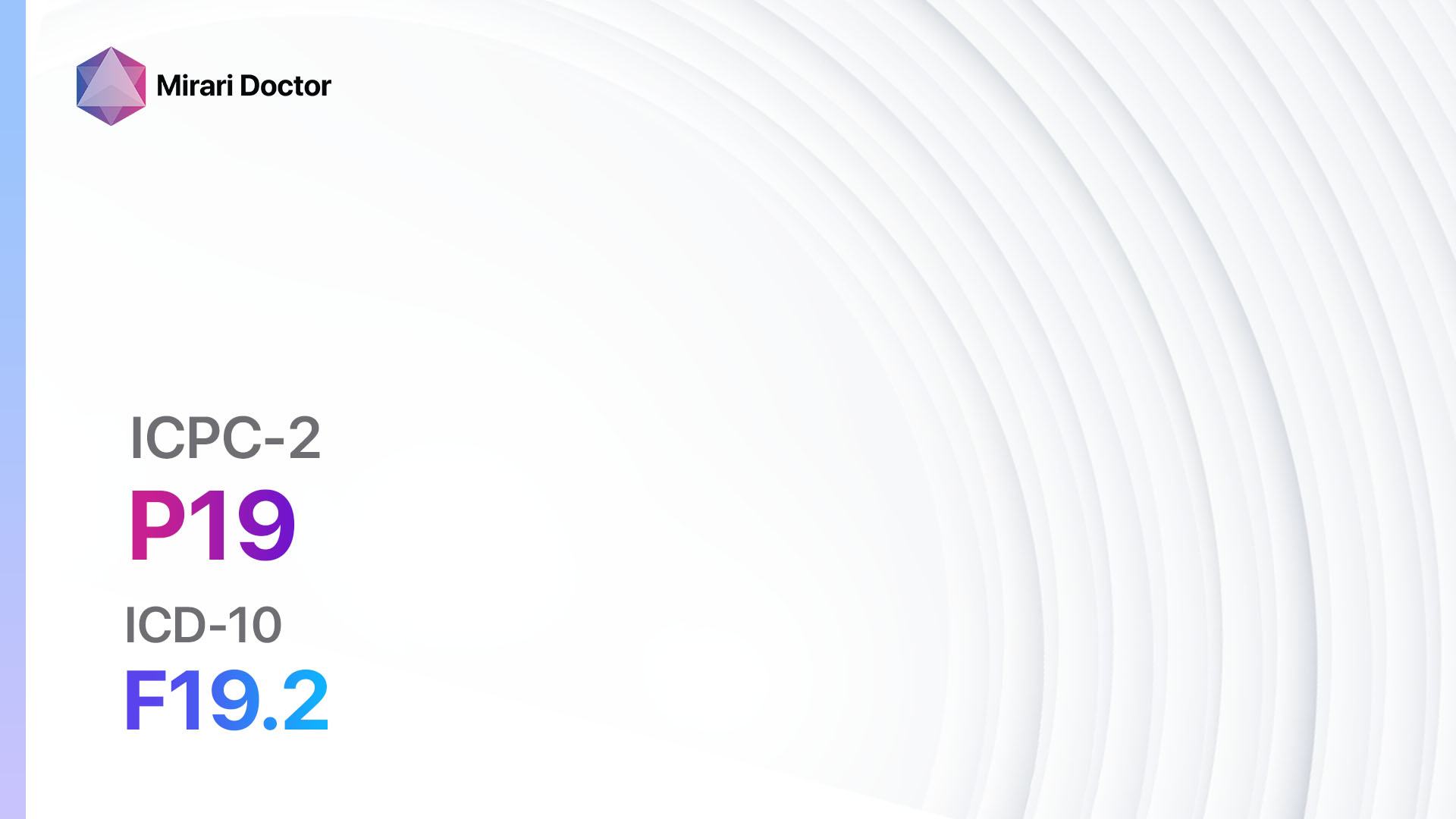
Introduction
Drug abuse is a serious public health concern that involves the excessive and inappropriate use of drugs, including both legal and illegal substances. It can have devastating effects on individuals, families, and communities[1]. The aim of this guide is to provide healthcare professionals with a comprehensive overview of drug abuse, including its symptoms, causes, diagnostic steps, possible interventions, and patient education.
Codes
- ICPC-2 Code: P19 Drug abuse
- ICD-10 Code: F19.2 Dependence syndrome due to multiple drug use and use of other psychoactive substances[2]
Symptoms
- Changes in behavior and mood
- Neglecting responsibilities and obligations
- Relationship problems
- Financial difficulties
- Legal issues
- Physical symptoms such as bloodshot eyes, dilated pupils, and weight loss
- Withdrawal symptoms when not using the drug
- Cravings for the drug
- Loss of interest in activities once enjoyed
- Increased tolerance to the drug, requiring higher doses to achieve the desired effect[3]
Causes
- Genetic factors
- Environmental factors, such as exposure to drug use in the family or peer group
- Mental health conditions, including depression, anxiety, and trauma
- Social and economic factors, such as poverty and unemployment
- Availability and accessibility of drugs
- Lack of education and awareness about the risks and consequences of drug abuse[4]
Diagnostic Steps
Medical History
- Gather information about the patient’s drug use history, including the type of drugs used, frequency, duration, and route of administration
- Assess the patient’s motivation to change and willingness to seek help
- Identify any co-occurring medical or psychiatric conditions
- Evaluate the patient’s social support system and living environment[5]
Physical Examination
- Perform a general physical examination to assess overall health and identify any physical signs of drug abuse, such as track marks or needle puncture sites
- Check vital signs, including blood pressure, heart rate, and respiratory rate
- Assess the patient’s mental status, including mood, cognition, and behavior[6]
Laboratory Tests
- Urine drug screening: Detects the presence of drugs or their metabolites in the urine
- Blood tests: Measure drug levels, liver function, and other parameters to assess overall health and potential complications
- Toxicology screening: Identifies specific drugs or substances in the blood or other body fluids
- Hepatitis and HIV testing: Assess the risk of infectious diseases associated with drug use[7]
Diagnostic Imaging
- Imaging studies, such as CT scans or MRIs, may be necessary to evaluate any potential organ damage or complications related to drug abuse
- These imaging modalities can help identify conditions such as brain abnormalities, liver cirrhosis, or lung damage[8]
Other Tests
- Psychological assessments: Evaluate the patient’s mental health, including the presence of co-occurring psychiatric disorders
- Assessment of social and environmental factors: Identify any social or environmental factors that may contribute to drug abuse, such as family dysfunction or peer pressure[9]
Follow-up and Patient Education
- Provide ongoing support and follow-up care to monitor the patient’s progress and address any relapses or setbacks
- Educate the patient about the risks and consequences of drug abuse, as well as available treatment options and resources
- Encourage the patient to engage in counseling or support groups to address underlying issues and develop coping strategies[10]
Possible Interventions
Traditional Interventions
Medications:
Top 5 drugs for Drug Abuse:
- Naltrexone:
- Cost: $50-$200 per month
- Contraindications: Acute hepatitis or liver failure
- Side effects: Nausea, headache, dizziness
- Severe side effects: Liver toxicity, allergic reactions
- Drug interactions: Opioid medications, alcohol
- Warning: Regular liver function tests required
- Buprenorphine:
- Cost: $100-$300 per month
- Contraindications: Severe respiratory depression, acute intoxication with opioids
- Side effects: Constipation, nausea, headache
- Severe side effects: Respiratory depression, allergic reactions
- Drug interactions: Benzodiazepines, alcohol
- Warning: Risk of dependence and withdrawal
- Methadone:
- Cost: $100-$500 per month
- Contraindications: Respiratory depression, acute intoxication with opioids
- Side effects: Constipation, sweating, drowsiness
- Severe side effects: Respiratory depression, cardiac arrhythmias
- Drug interactions: Benzodiazepines, alcohol
- Warning: Risk of dependence and overdose
- Disulfiram:
- Cost: $50-$100 per month
- Contraindications: Severe myocardial disease, psychosis
- Side effects: Nausea, vomiting, headache
- Severe side effects: Hepatitis, peripheral neuropathy
- Drug interactions: Alcohol, metronidazole
- Warning: Avoid all sources of alcohol
- Acamprosate:
- Cost: $100-$300 per month
- Contraindications: Severe renal impairment
- Side effects: Diarrhea, nausea, headache
- Severe side effects: Suicidal ideation, allergic reactions
- Drug interactions: None reported
- Warning: Not recommended during pregnancy or breastfeeding
Alternative Drugs:
- Naloxone: Used for emergency treatment of opioid overdose. Cost: $20-$40 per dose.
- Varenicline: Helps with smoking cessation. Cost: $100-$200 per month.
- Modafinil: Used for the treatment of stimulant abuse. Cost: $300-$600 per month.
- Aripiprazole: May be used for the treatment of co-occurring psychiatric disorders. Cost: $300-$600 per month.
- Baclofen: Investigational treatment for alcohol use disorder. Cost: $50-$100 per month.
Behavioral Interventions:
- Cognitive-behavioral therapy (CBT): Helps individuals identify and change negative thought patterns and behaviors associated with drug abuse. Cost: $100-$200 per session.
- Motivational interviewing: A patient-centered approach to enhance motivation and commitment to change. Cost: $100-$200 per session.
- Contingency management: Provides incentives or rewards for drug-free behaviors. Cost: $100-$200 per session.
- Support groups, such as Narcotics Anonymous or Alcoholics Anonymous: Offer peer support and a sense of community. Cost: Free or minimal donation.
Alternative Interventions
- Acupuncture: May help reduce cravings and promote relaxation. Cost: $60-$120 per session.
- Yoga and meditation: Can help manage stress and improve overall well-being. Cost: $10-$20 per class.
- Massage therapy: Promotes relaxation and reduces muscle tension. Cost: $50-$100 per session.
- Art therapy: Provides a creative outlet for self-expression and emotional healing. Cost: $50-$100 per session.
- Outdoor activities and nature therapy: Engaging in outdoor activities can improve mood and reduce stress. Cost: Varies depending on the activity.
Lifestyle Interventions
- Healthy diet and exercise: Promote overall well-being and reduce the risk of relapse. Cost: Varies depending on individual preferences and access to resources.
- Sleep hygiene: Establishing a regular sleep schedule and practicing good sleep habits can improve overall health and well-being. Cost: Free.
- Stress management techniques: Learning and practicing stress management techniques, such as deep breathing exercises or mindfulness, can help reduce the risk of relapse. Cost: Free or minimal cost.
- Social support and healthy relationships: Surrounding oneself with supportive and positive influences can contribute to recovery. Cost: Varies depending on individual preferences and activities.
It is important to note that the cost ranges provided are approximate and may vary depending on the location and availability of the interventions. Additionally, the effectiveness of alternative interventions may vary for each individual, and it is recommended to consult with a healthcare professional before starting any new treatment approach.
Conclusion
Drug abuse is a complex condition that requires a comprehensive approach to diagnosis and treatment. By following the diagnostic steps outlined in this guide and considering the possible interventions, healthcare professionals can provide effective care and support to individuals struggling with drug abuse. It is crucial to address not only the physical aspects of drug abuse but also the psychological, social, and environmental factors that contribute to the development and maintenance of this condition. Through a combination of traditional interventions, alternative approaches, and lifestyle modifications, individuals can achieve recovery and improve their overall quality of life.
Mirari Cold Plasma Alternative Intervention
Understanding Mirari Cold Plasma
- Safe and Non-Invasive Treatment: Mirari Cold Plasma is a safe and non-invasive treatment option for various skin conditions. It does not require incisions, minimizing the risk of scarring, bleeding, or tissue damage.
- Efficient Extraction of Foreign Bodies: Mirari Cold Plasma facilitates the removal of foreign bodies from the skin by degrading and dissociating organic matter, allowing easier access and extraction.
- Pain Reduction and Comfort: Mirari Cold Plasma has a local analgesic effect, providing pain relief during the treatment, making it more comfortable for the patient.
- Reduced Risk of Infection: Mirari Cold Plasma has antimicrobial properties, effectively killing bacteria and reducing the risk of infection.
- Accelerated Healing and Minimal Scarring: Mirari Cold Plasma stimulates wound healing and tissue regeneration, reducing healing time and minimizing the formation of scars.
Mirari Cold Plasma Prescription
Video instructions for using Mirari Cold Plasma Device – P19 Drug abuse (ICD-10:F19.2)
| Mild | Moderate | Severe |
| Mode setting: 8 (Insomnia) Location: 7 (Neuro system & ENT) Morning: 15 minutes, Evening: 15 minutes |
Mode setting: 8 (Insomnia) Location: 7 (Neuro system & ENT) Morning: 30 minutes, Lunch: 30 minutes, Evening: 30 minutes |
Mode setting: 8 (Insomnia) Location: 7 (Neuro system & ENT) Morning: 30 minutes, Lunch: 30 minutes, Evening: 30 minutes |
| Mode setting: 6 (Liver/Kidney Therapy) Location: 3 (Kidney, Liver & Spleen) Morning: 15 minutes, Evening: 15 minutes |
Mode setting: 6 (Liver/Kidney Therapy) Location: 3 (Kidney, Liver & Spleen) Morning: 30 minutes, Lunch: 30 minutes, Evening: 30 minutes |
Mode setting: 6 (Liver/Kidney Therapy) Location: 3 (Kidney, Liver & Spleen) Morning: 30 minutes, Lunch: 30 minutes, Evening: 30 minutes |
| Mode setting: 7 (Immunotherapy) Location: 1 (Sacrum) Morning: 15 minutes, Evening: 15 minutes |
Mode setting: 7 (Immunotherapy) Location: 1 (Sacrum) Morning: 30 minutes, Lunch: 30 minutes, Evening: 30 minutes |
Mode setting: 7 (Immunotherapy) Location: 1 (Sacrum) Morning: 30 minutes, Lunch: 30 minutes, Evening: 30 minutes |
| Total Morning: 45 minutes approx. $7.50 USD, Evening: 45 minutes approx. $7.50 USD |
Total Morning: 90 minutes approx. $15 USD, Lunch: 90 minutes approx. $15 USD, Evening: 90 minutes approx. $15 USD |
Total Morning: 90 minutes approx. $15 USD, Lunch: 90 minutes approx. $15 USD, Evening: 90 minutes approx. $15 USD |
| Usual treatment for 7-60 days approx. $105 USD – $900 USD | Usual treatment for 6-8 weeks approx. $1,890 USD – $2,520 USD |
Usual treatment for 3-6 months approx. $4,050 USD – $8,100 USD
|
 |
|
Use the Mirari Cold Plasma device to treat Drug abuse effectively.
WARNING: MIRARI COLD PLASMA IS DESIGNED FOR THE HUMAN BODY WITHOUT ANY ARTIFICIAL OR THIRD PARTY PRODUCTS. USE OF OTHER PRODUCTS IN COMBINATION WITH MIRARI COLD PLASMA MAY CAUSE UNPREDICTABLE EFFECTS, HARM OR INJURY. PLEASE CONSULT A MEDICAL PROFESSIONAL BEFORE COMBINING ANY OTHER PRODUCTS WITH USE OF MIRARI.
Step 1: Cleanse the Skin
- Start by cleaning the affected area of the skin with a gentle cleanser or mild soap and water. Gently pat the area dry with a clean towel.
Step 2: Prepare the Mirari Cold Plasma device
- Ensure that the Mirari Cold Plasma device is fully charged or has fresh batteries as per the manufacturer’s instructions. Make sure the device is clean and in good working condition.
- Switch on the Mirari device using the power button or by following the specific instructions provided with the device.
- Some Mirari devices may have adjustable settings for intensity or treatment duration. Follow the manufacturer’s instructions to select the appropriate settings based on your needs and the recommended guidelines.
Step 3: Apply the Device
- Place the Mirari device in direct contact with the affected area of the skin. Gently glide or hold the device over the skin surface, ensuring even coverage of the area experiencing.
- Slowly move the Mirari device in a circular motion or follow a specific pattern as indicated in the user manual. This helps ensure thorough treatment coverage.
Step 4: Monitor and Assess:
- Keep track of your progress and evaluate the effectiveness of the Mirari device in managing your Drug abuse. If you have any concerns or notice any adverse reactions, consult with your health care professional.
Note
This guide is for informational purposes only and should not replace the advice of a medical professional. Always consult with your healthcare provider or a qualified medical professional for personal advice, diagnosis, or treatment. Do not solely rely on the information presented here for decisions about your health. Use of this information is at your own risk. The authors of this guide, nor any associated entities or platforms, are not responsible for any potential adverse effects or outcomes based on the content.
Mirari Cold Plasma System Disclaimer
- Purpose: The Mirari Cold Plasma System is a Class 2 medical device designed for use by trained healthcare professionals. It is registered for use in Thailand and Vietnam. It is not intended for use outside of these locations.
- Informational Use: The content and information provided with the device are for educational and informational purposes only. They are not a substitute for professional medical advice or care.
- Variable Outcomes: While the device is approved for specific uses, individual outcomes can differ. We do not assert or guarantee specific medical outcomes.
- Consultation: Prior to utilizing the device or making decisions based on its content, it is essential to consult with a Certified Mirari Tele-Therapist and your medical healthcare provider regarding specific protocols.
- Liability: By using this device, users are acknowledging and accepting all potential risks. Neither the manufacturer nor the distributor will be held accountable for any adverse reactions, injuries, or damages stemming from its use.
- Geographical Availability: This device has received approval for designated purposes by the Thai and Vietnam FDA. As of now, outside of Thailand and Vietnam, the Mirari Cold Plasma System is not available for purchase or use.
References
- National Institute on Drug Abuse. (2020). Drug Misuse and Addiction. Retrieved from https://www.drugabuse.gov/publications/drugs-brains-behavior-science-addiction/drug-misuse-addiction
- World Health Organization. (2019). International Statistical Classification of Diseases and Related Health Problems (ICD-10).
- American Psychiatric Association. (2013). Diagnostic and Statistical Manual of Mental Disorders (5th ed.).
- Volkow, N. D., Koob, G. F., & McLellan, A. T. (2016). Neurobiologic Advances from the Brain Disease Model of Addiction. New England Journal of Medicine, 374(4), 363-371.
- Substance Abuse and Mental Health Services Administration. (2020). TIP 42: Substance Use Treatment for Persons With Co-Occurring Disorders.
- Schuckit, M. A. (2016). Alcohol-use disorders. The Lancet, 388(10061), 988-998.
- Moeller, K. E., Lee, K. C., & Kissack, J. C. (2008). Urine Drug Screening: Practical Guide for Clinicians. Mayo Clinic Proceedings, 83(1), 66-76.
- Brust, J. C. M. (2014). Neurologic Complications of Substance Abuse. CONTINUUM: Lifelong Learning in Neurology, 20(3), 642-656.
- Kelly, J. F., & Hoeppner, B. B. (2015). A biaxial formulation of the recovery construct. Addiction Research & Theory, 23(1), 5-9.
- National Institute on Drug Abuse. (2018). Principles of Drug Addiction Treatment: A Research-Based Guide (Third Edition).
Related articles
Made in USA


